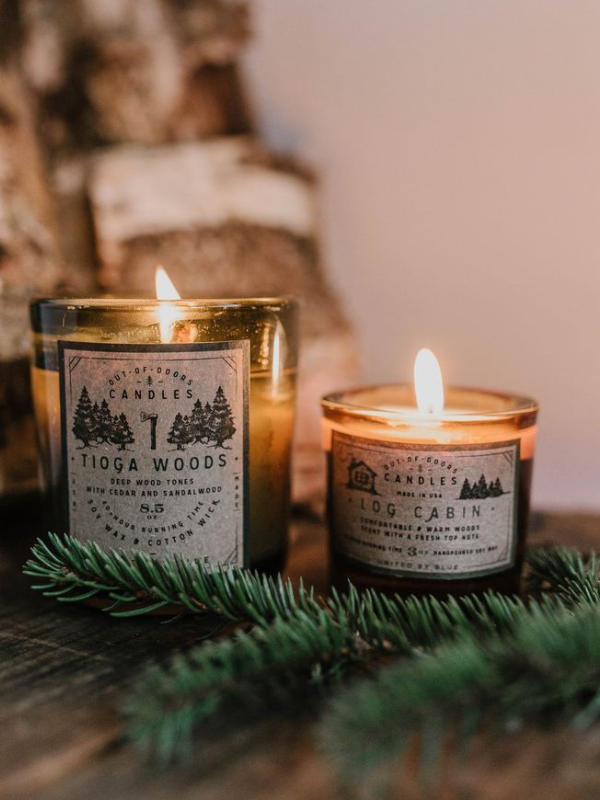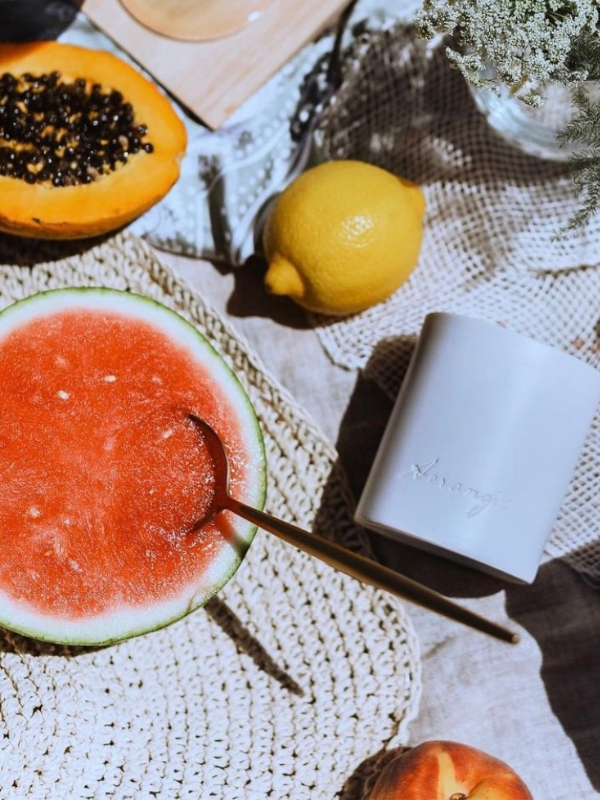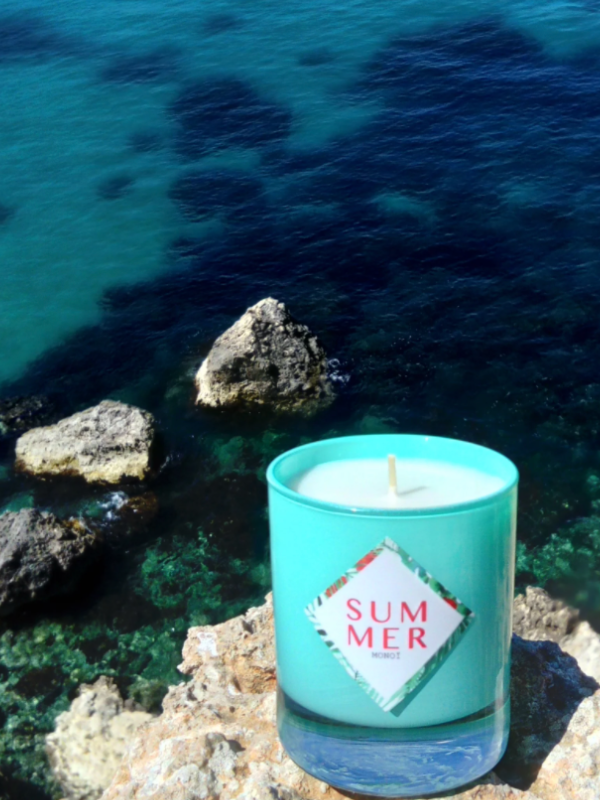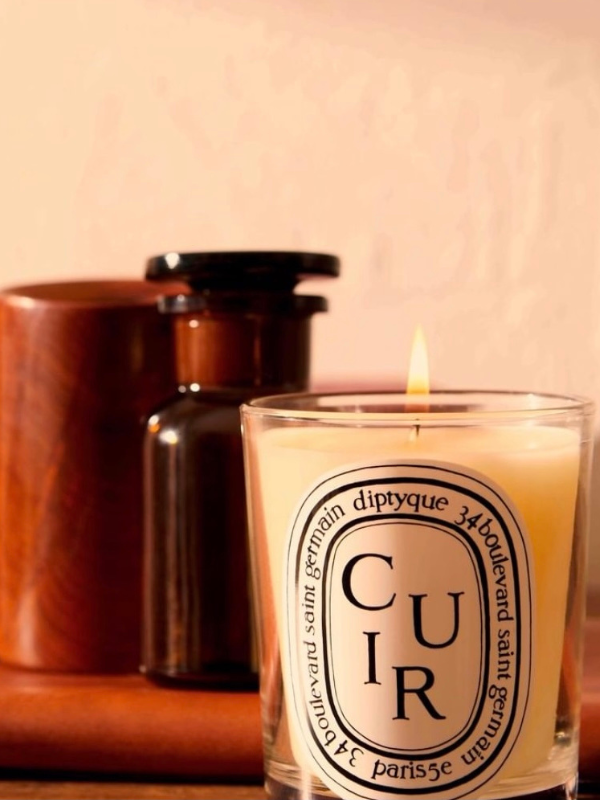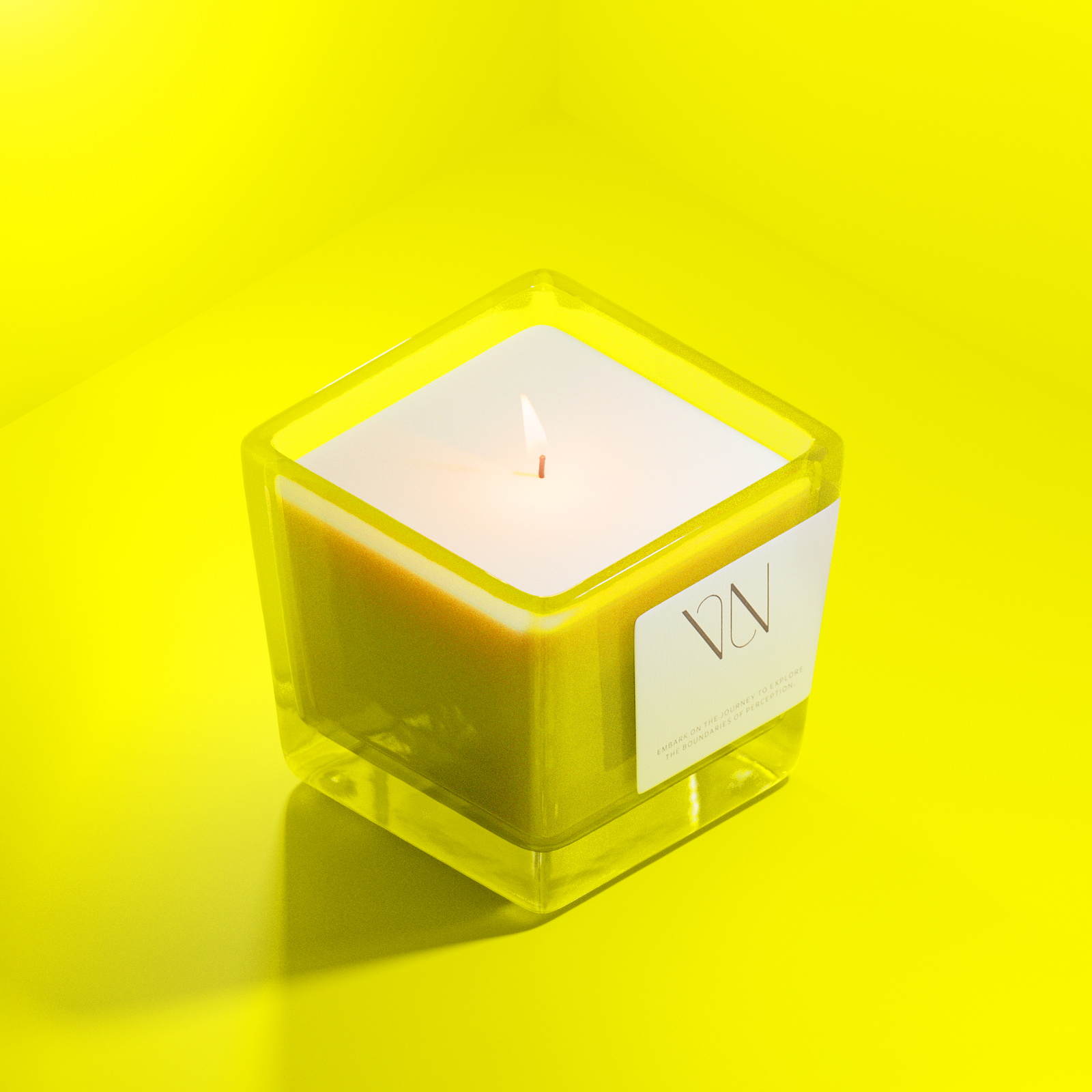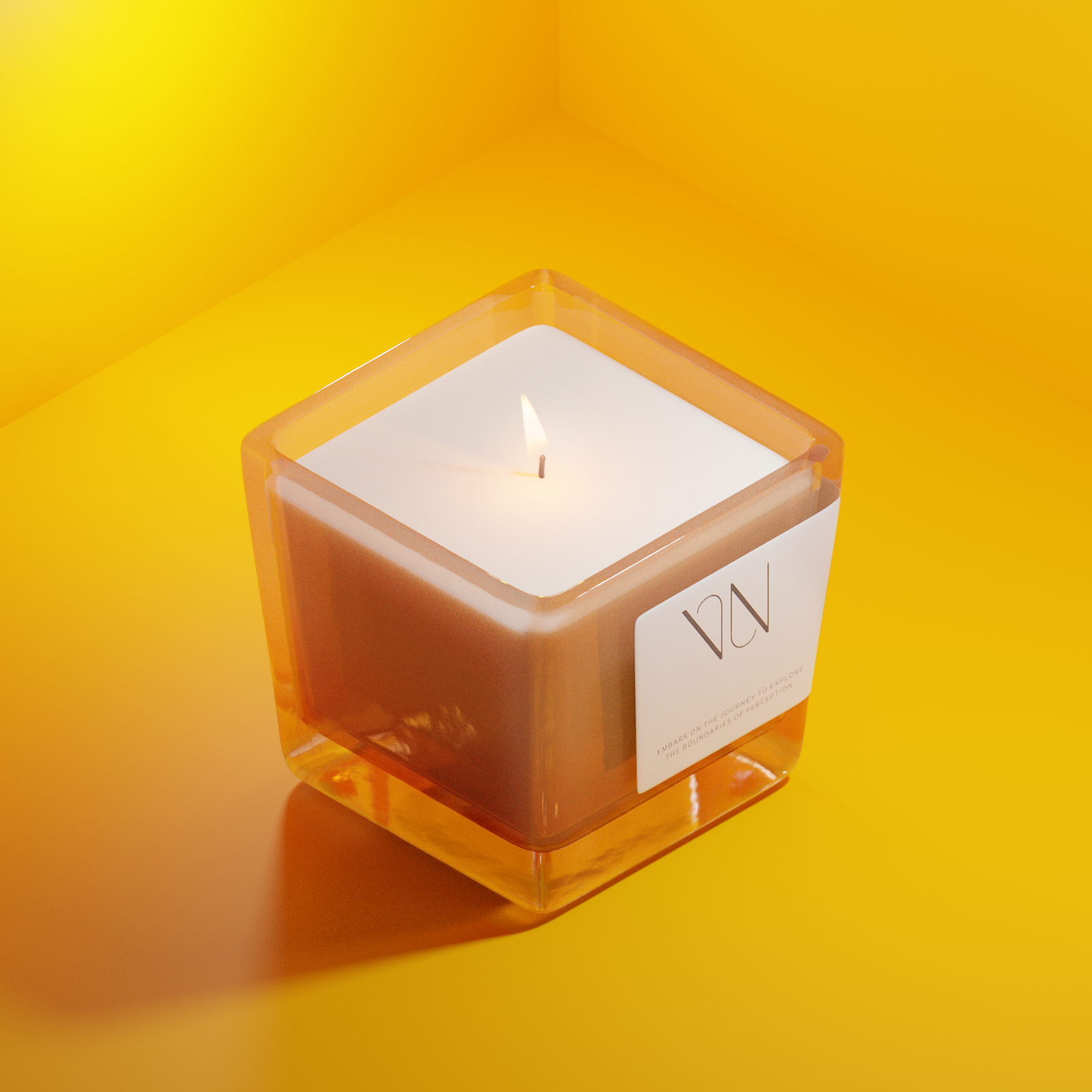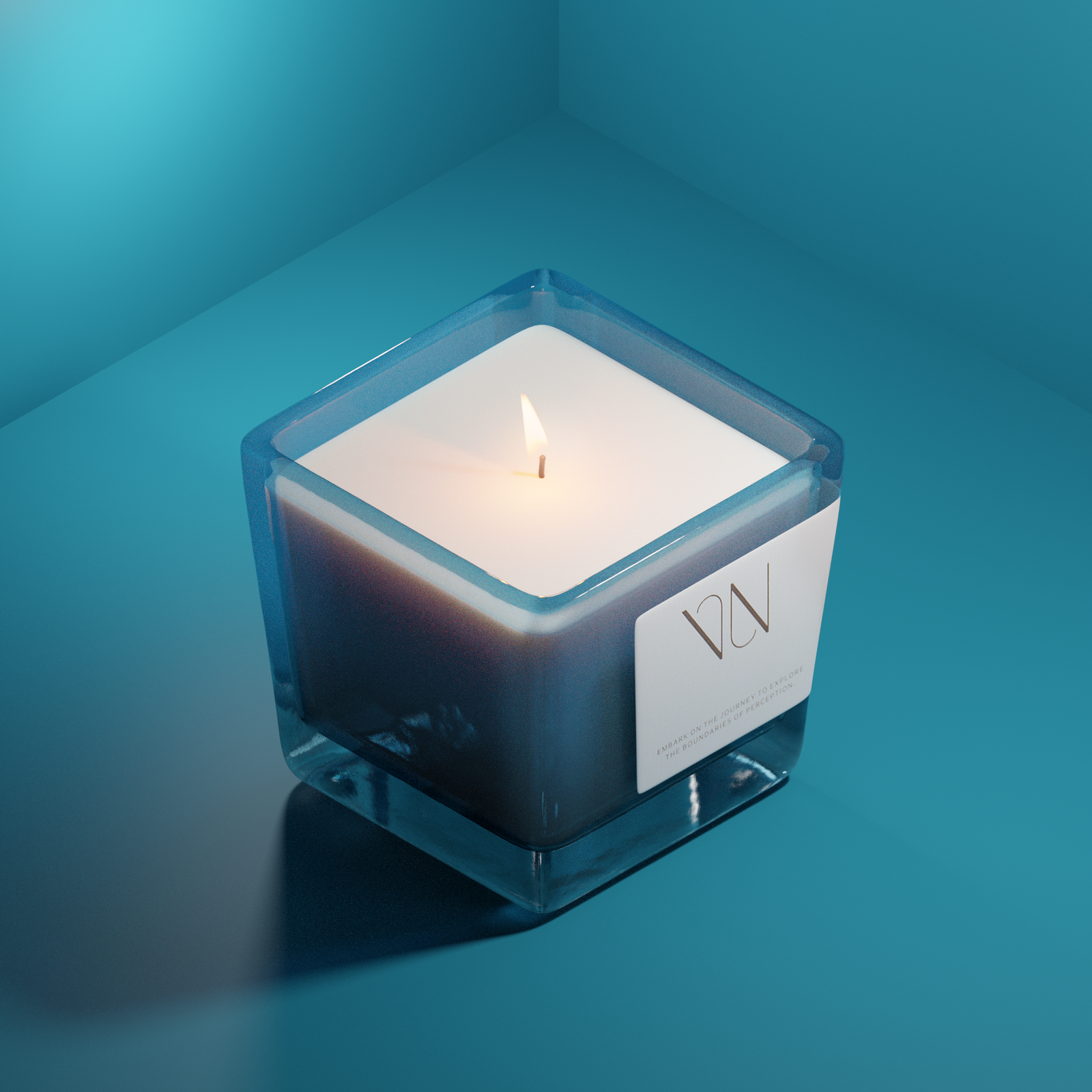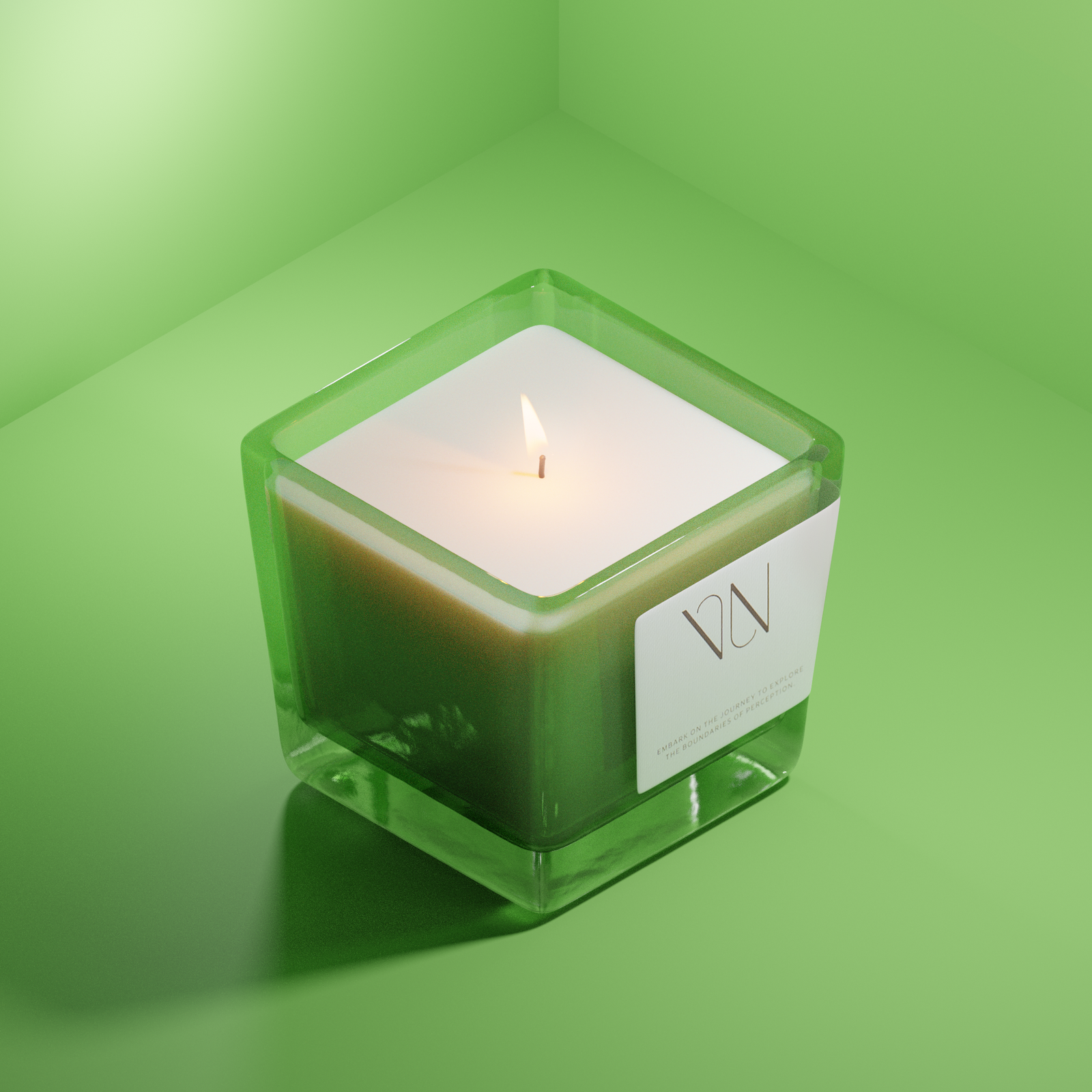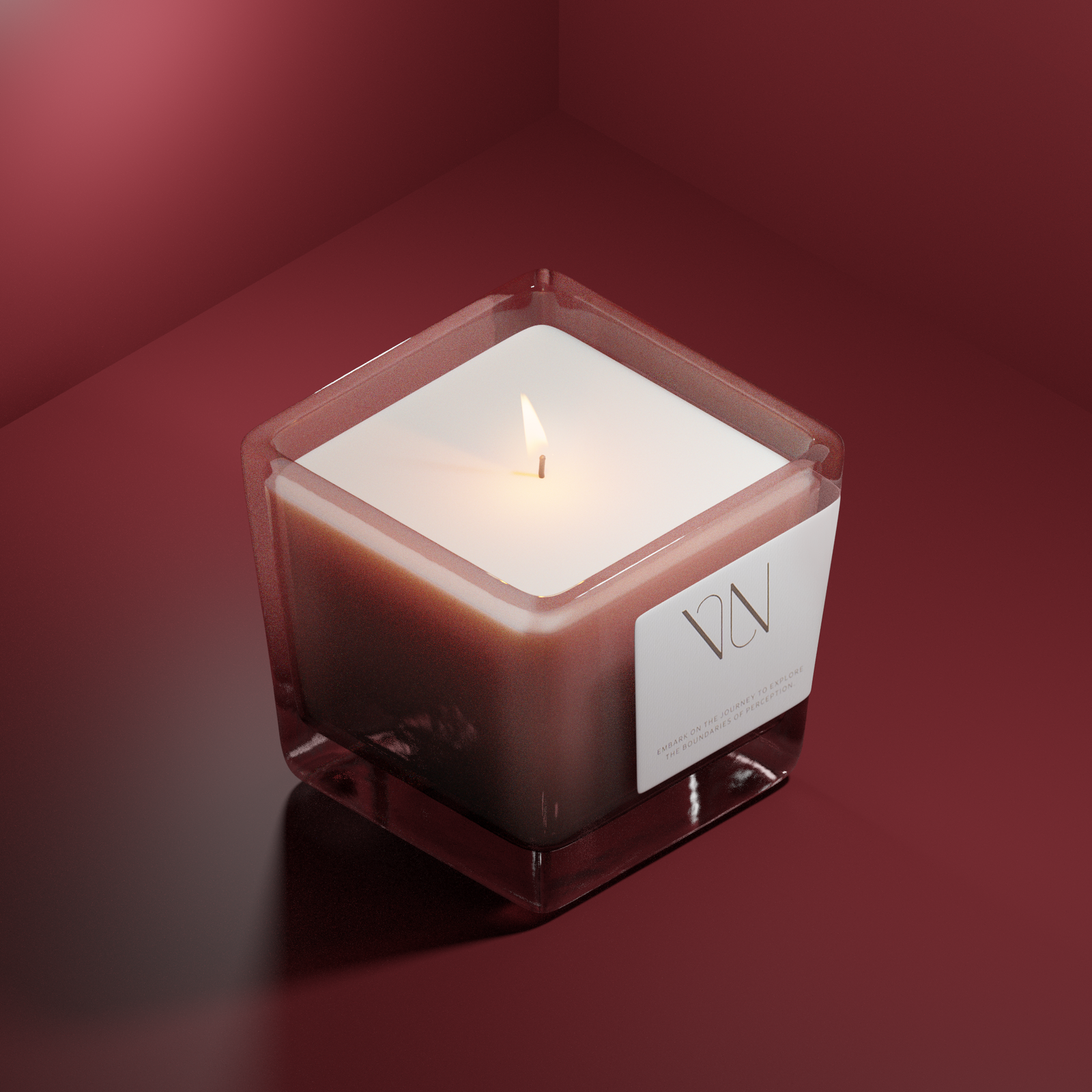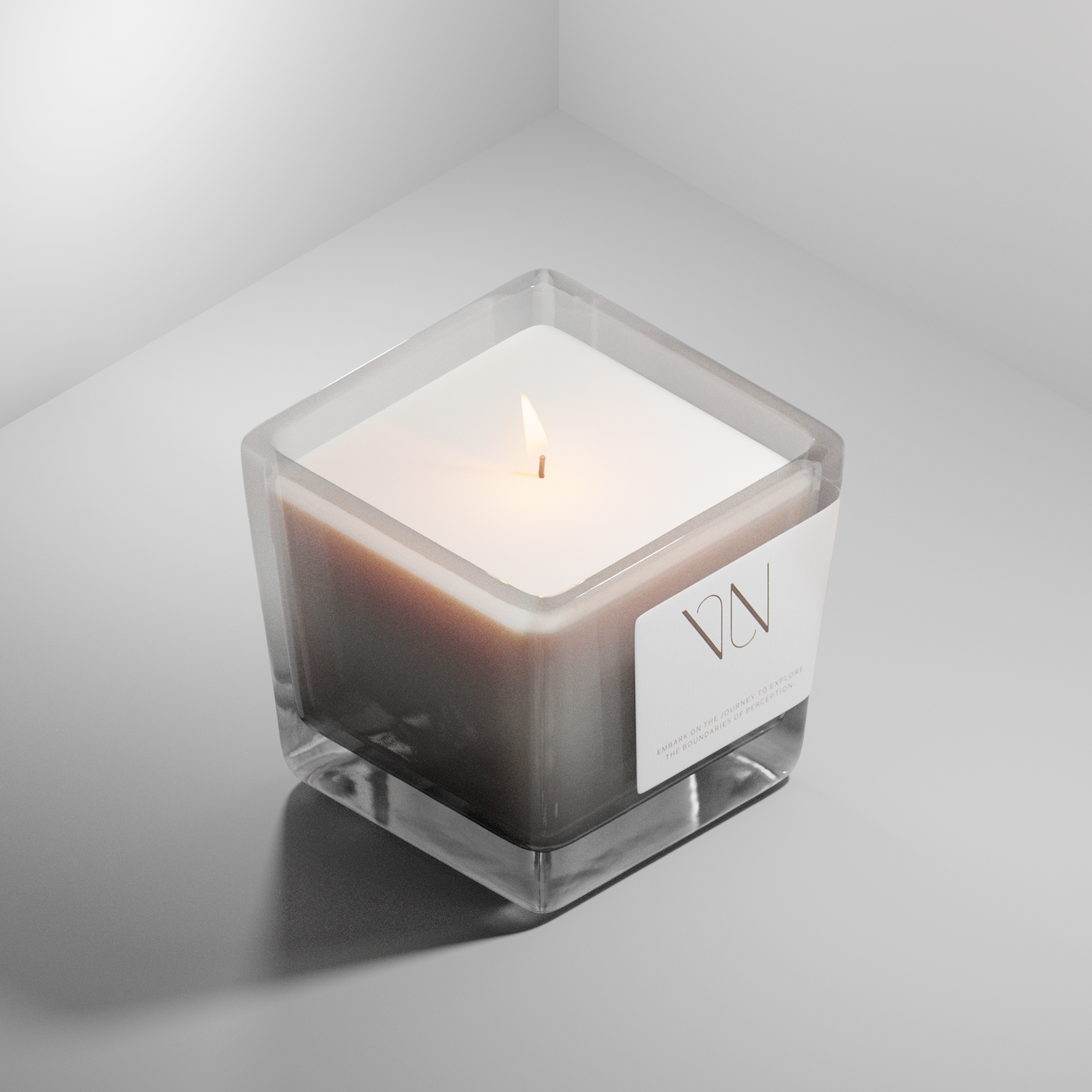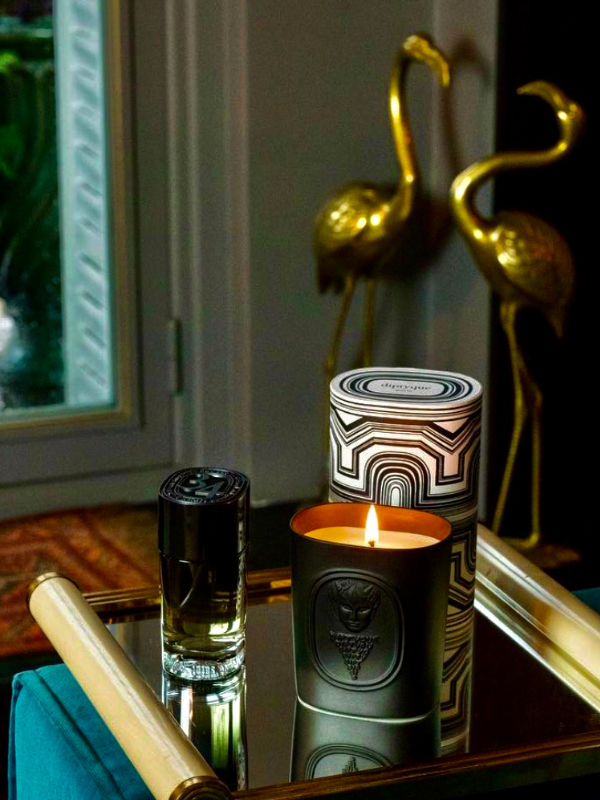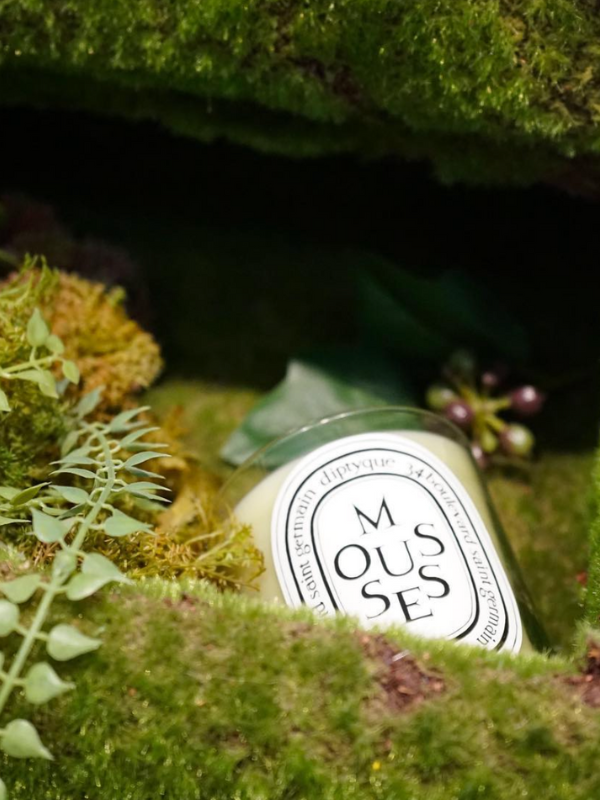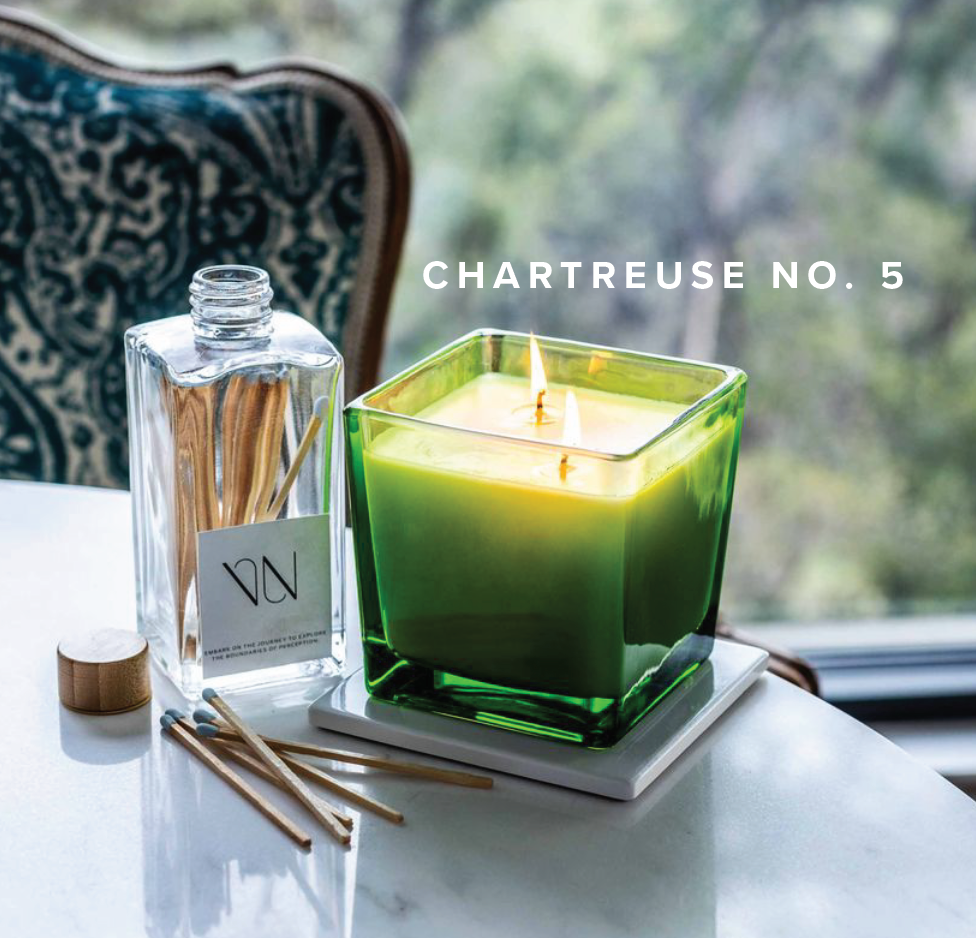At VETA NELL, we are often asked about our super soft coconut wax in our luxury candles. The question or comment we often hear is "Isn't soy wax the best wax or the most natural wax for candles?" In this article, we want to address to qualities of soy and coconut wax, two of the most popular waxes for luxury and high-end candles. (This article won't delve into paraffin wax, as paraffin wax is well-know as a lower-grade, less expensive, petroleum-based product.)
Eco-Friendly and Renewable:
Soy wax is made from soybean oil, a natural, renewable, biodegradable resource. And yet, large-scale soybean farming has negative environmental consequences, including deforestation, biodiversity loss, and high water usage. Thus, while a soy wax candle may seem like a positive and natural choice, the mass production of soy and soy wax is problematic. Coconut wax is made from coconut oil, which is also natural, renewable, biodegradable, but the resources and water used to produce coconut wax are far less than soy wax, making coconut wax more sustainable and environmentally friendly. Soybeans are re-grown and harvested again and again, whereas coconut trees live around 80 years, always regenerating.
Clean Burning:
Soy and coconut wax candles both produce less soot and smoke compared to paraffin candles, contributing to better indoor air quality. Yet the science of burning necessarily produces carbon, so you will always get some small amount of soot with burning, even with soy or coconut wax.
Also, coconut and soy wax alone won't release harmful chemicals, but this assumes harmful chemicals such as dyes or synthetic fragrances have not been added to the candle for color or scent. Be sure to read each candle's label for dyes and fragrance ingredients. Labels are not always clear about whether fragrance ingredients are natural or synthetic, but candles made with essential oils often get much or all of their scent from these oils. All this said, even "natural" scents (from essential oils or other natural substances) are not necessarily ideal to inhale. However, most experts agree that scent from candles is small enough to be immaterial to your air pollution exposure.
Burn Time:
Soy wax and coconut wax both have somewhat lower melting points than paraffin, so they burn a bit faster than a paraffin wax candle. Actually, many candle sources mis-state this saying 'a lower melting point allows a slower and longer burn'. However, wicks also play an important role in burn time. Wick size in terms of diameter and material are invisible (or barely visible) to the consumer, but makers of high-quality candles optimize wick size and material for longer burn time. If a supplier is selling a brand-name candle at a higher price point, they need to ensure their candles have a long burn time, and they achieve this through wick choice, as well as by "blending" soy wax or coconut wax with other wax materials, such as apricot wax, beeswax, or -- yes -- even paraffin wax. With soy candles, be wary of "soy wax blends", because soy wax is often blended with paraffin wax to achieve a longer burn time. Candle companies using coconut wax typically do not blend with paraffin wax; if they are investing in higher-cost coconut wax, they are less likely to degrade the overall quality by blending with paraffin. Coconut waxes are more likely to be blended with soy, beeswax, palm wax, or apricot wax.
Scent Throw:
Soy wax has a molecular structure that allows it to hold more fragrance oil, yet the structure can hinder its ability to release fragrance oils effectively, both when the candle is cold (cold scent throw) or when it's burning (hot scent throw). This means scent might not be as noticeable with a soy wax candles as with other waxes. Coconut wax is known for its ability to both hold and release fragrance oils well, resulting in a strong and consistent scent throw.
Candle Vase Re-Use:
Finally, because soy wax is notably hard, after a candle's final burn, cleaning the remaining wax from the vase (in order to re-use the vase) is quite difficult. Coconut wax, on the other hand, is very soft and can be rinsed from a vase with hot tap water. Then, the candle vase can simply be washed with dish soap and re-purposed. The vase can be used as decor or to hold desk supplies, plants, food, toiletries, or other re-use options. In this way, coconut wax (or a coconut wax blend) is more ecologically-friendly, supporting "reduce, re-use, recycle", including for the glass vase.
Gentle on Skin:
Soy and coconut wax are both gentle enough for those with skin allergies. Indeed, these waxes can even be used as a moisturizer, with coconut wax being more pliable than soy wax.
VETA NELL's Wax Choice:
At VETA NELL, we use a super soft coconut wax blend made from coconut wax and apricot wax to achieve a lasting and clean burn, as well as optimal scent throw. We appreciate that the production of coconut wax is more environmentally friendly and more sustainable than soy wax. Finally, our signature square glassware is meant to be re-used after a candle's final burn, and VETA NELL's soft coconut wax easily rinses clean from our glassware.
ABOUT VETA NELL: VETA NELL provides hand-made luxury candles for personal gifts and business gifts. Our candles make great environmentally-friendly gifts, and our candles support VETA NELL's mission of providing sustainable jobs for local at-risk women in Austin, Texas. VETA NELL is a leading brand in Austin, Texas. Contact us today for Austin-made, hand-made gifts.

